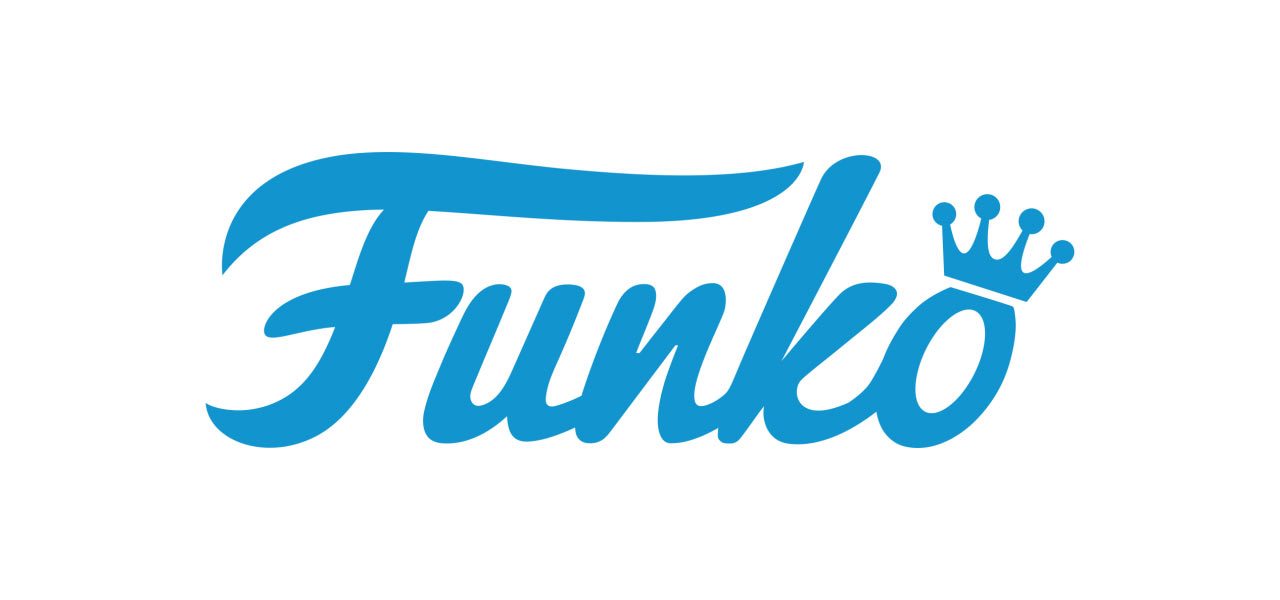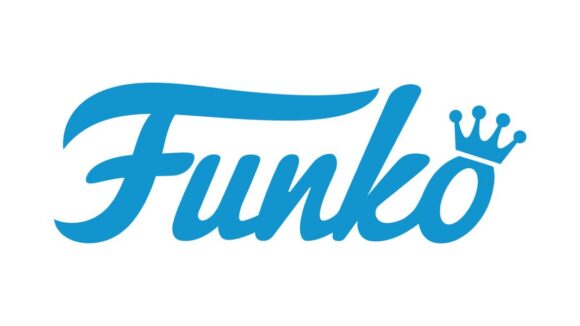

Toy Maker Funko Had The Worst First-Day Return For An IPO In 17 Years
Funko, the toy maker whose big-headed collectible figures can often be found decorating the offices of animation industry artists, launched a Goldman Sachs/JP Morgan/BofA Merrill Lynch-led IPO last Thursday that went about as poorly as a public offering could possibly go, with some investors labeling it “a disaster.”
In fact, Funko’s IPO offered the worst first-day return for a Wall Street IPO in 17 years, with shares dropping 41% from their initial price of $12 to close at $7.07.
Part of the reason for Funko’s dismal debut may have been lingering questions about its accounting practices, which a Bloomberg columnist called the “latest example of fun-house accounting on Wall Street.”
The company also has around $320 million in debt (as of June 30, 2017). Multiple private equity firms have volleyed ownership of the company in the last few years, and according to analyst reports, at least $100 million of cash was taken out of the company by its private equity owners. The IPO was launched in large part to help pay down the debt.
For Funko to succeed, the Everett, Washington company must convince investors of the validity of its operating principle that “almost everyone is a fan of something,” and its mission to create “products that enable fans to express their affinity for their favorite ‘something’ — whether it is a movie, tv show, video game, musician or sports team.”

Funko’s goal is to dominate the global licensed pop culture product industry, sitting within the entertainment and character products market, which generated $113 billion in total sales last year. Funko, for its part, generated $425 million in revenue in 2016, through a catalog of content licenses for over 1,000 properties, many of which are animated IPs.
Funko prides itself on its “fast fashion product development process” that allows it to quickly design, manufacture, and distribute toys to take advantage of pop culture fads. According to Funko’s IPO prospectus:
Our flexible and low-fixed cost production model enables us to go from product design of a figure to the store shelf between 110 and 200 days and can have it on the shelf in as few as 70 days, with a minimal upfront investment for most figures of $5,000 to $7,500 in tooling, molds and internal design costs. Because of the strength of our in-house creative team, we are able to move from product design to pre-selling a new product in as few as 24 hours.
Funko employs 339 people in the United States, and 126 in the U.K. (following its acquisition of London-based Underground Toys). These numbers don’t include the people who actually make the toys at third-party manufacturing vendors in countries like China, Vietnam, and Mexico.

